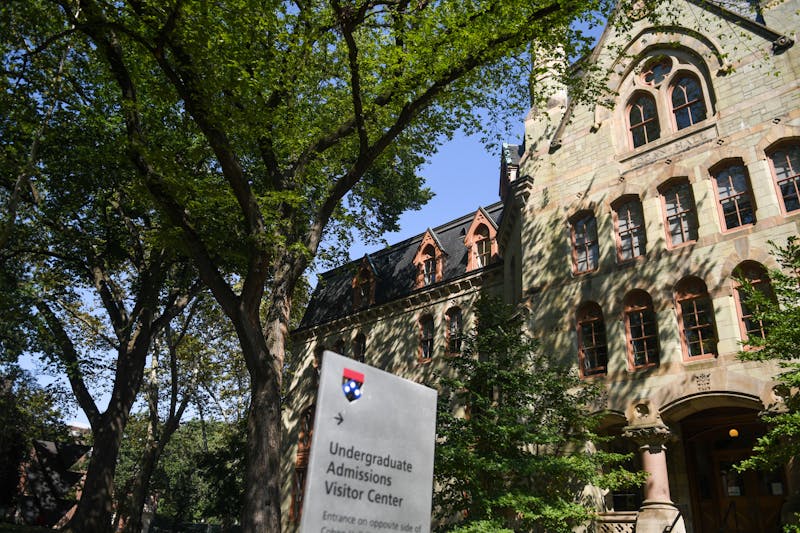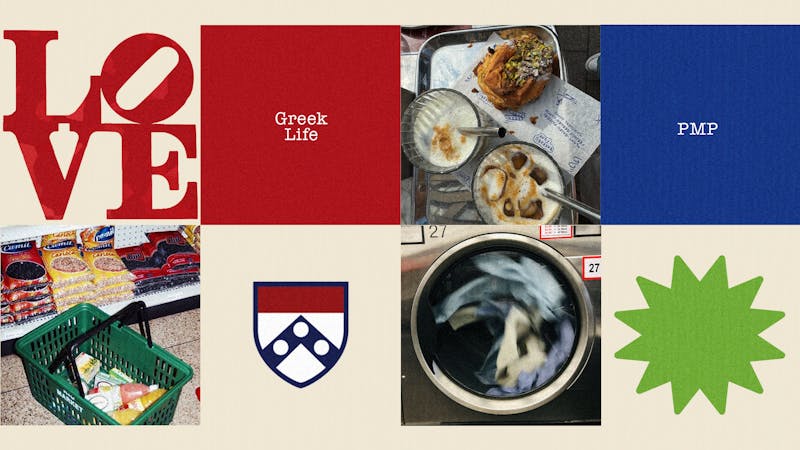
Penn received a $2 million grant from NASA to conduct research on lunar robotics.
The grant will aid the Temporarily, Robots Unite to Surmount Sandy Entrapments, then Separate Project. TRUSSES’s goal is to create inventive strategies for teams of robots to navigate environmental challenges on the moon. The project is spearheaded by Gabel Family Term Assistant Professor in Mechanical Engineering and Applied Mechanics Cynthia Sung at the School of Engineering and Applied Sciences.
“Our research will focus on developing new algorithms that allow robots to estimate ground properties through locomotion, enabling them to autonomously assess traversal risk and recover from any navigation failures,” Sung said to Penn Engineering Today.
The TRUSSES Project team consists of Penn Engineering researchers from the General Robotics, Automation, Sensing & Perception Lab and researchers from the University of Southern California.
The project will invent ways for teams of robots to navigate the moon by attaching and forming more secure and mobile structures, according to the TRUSSES website. The robots will generate a map using their interactions with the ground to outline safe and hazardous zones.
The map will create safe paths for robots using locomotion to navigate slopes, bedrock, and ice.
When the maneuver is complete, the robots will disconnect and resume their original individual missions.
“We are thrilled to have the opportunity to lead this groundbreaking research funded by NASA,” Sung told Penn Engineering Today. “It is exciting to work with such an interdisciplinary team on some very challenging problems at the intersection of robotics and geophysics.”
The Daily Pennsylvanian is an independent, student-run newspaper. Please consider making a donation to support the coverage that shapes the University. Your generosity ensures a future of strong journalism at Penn.
Donate






